On View
Painter Ficre Ghebreyesus Was Beloved in New Haven as a Chef. Now, He’s the Toast of the Art World—See His Works Here
Galerie Lelong is representing the late artist's estate.
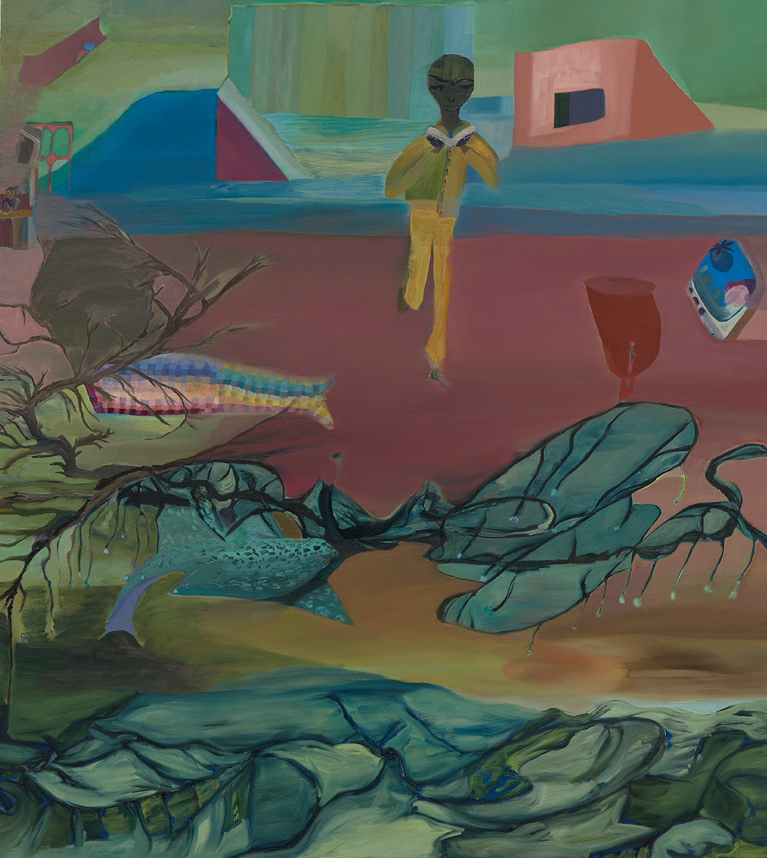
Galerie Lelong is representing the late artist's estate.

Caroline Goldstein

As galleries and art institutions around the world begin to reopen, we are spotlighting individual shows—online and IRL—that are worth your attention.
What the gallery says: “Borrowing the title from one of his works, “Gate to the Blue” suggests not only a color significant to Ghebreyesus, but also an opening to the boundless sea and sky, an entry point to the unknown, which was a constant in the artist’s life as a refugee who fled his native Eritrea to eventually settle in New Haven, Connecticut.
“The artist was highly influenced by music and was a lover of the blues genre that originated in the journey of enslaved people over water and is rooted in African musical traditions and spirituality.”
Why it’s worth a look: Within his New Haven community, Ficre Ghebreyesus was beloved as an adventurous chef and the co-owner of Caffé Adulis, and as a man with deep interests in poetry and music. A talented painter, he still had no aspirations to become the toast of Manhattan’s art world, and was content instead to work under the radar and share his work with those closest to him.
In 2012, Ghebryesus died unexpectedly at just 50 years old, leaving behind more than 800 canvases. Since then, his wife, the poet and president of the Andrew W. Mellon Foundation, Elizabeth Alexander, has sought to share her late husband’s work with a wider audience, helping to arrange posthumous exhibitions of his work, eventually securing his estate’s representation with Galerie Lelong.
A refugee from Eritrea, Ghebreyesus made works shine with color, pattern, and forms that he kept in his recollections of his birthplace, as well as from his travels in Sudan, Italy, and Germany. Water is a recurring motif, as is a staccato checkerboard pattern of pink and red. One of his largest work’s (which was part of an earlier virtual show this spring) measuring 16 feet by 8 feet, is The Sardine Fisherman’s Funeral, a busy affair featuring cherubs with fish-scale wings, a host of attendants huddled together alongside a man holding a shovel, and an oversized sardine that may well represent the coffin of the deceased subject in keeping with the tradition of final resting places that mirror one’s lifetime vocation—all on a flattened picture plane that recalls an early Renaissance painting.
What it looks like:
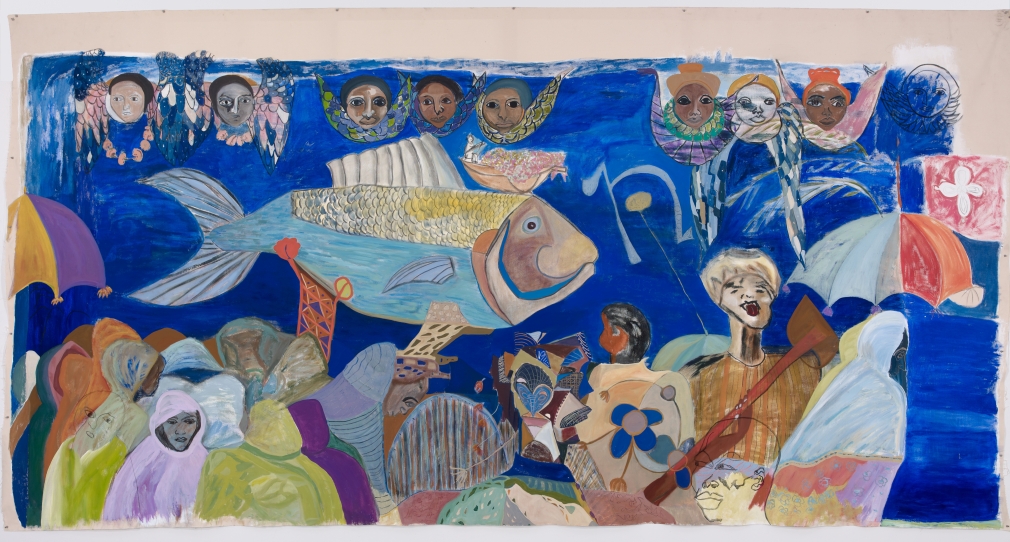
Ficre Ghebreyesus, The Sardine Fisherman’s Funeral, (2002). Courtesy of the Estate of Ficre Ghebreyesus and Galerie Lelong & Co.
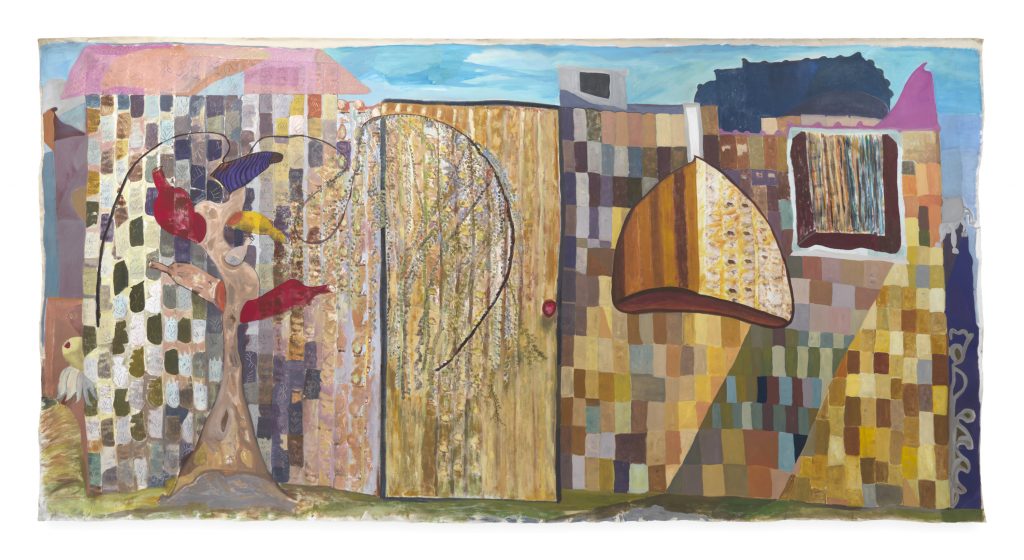
Ficre Ghebreyesus, Zememesh Berhe’s Magic Garden (ca. 2002). Courtesy of the Estate of Ficre Ghebreyesus and Galerie Lelong & Co.

Ficre Ghebreyesus, Horizon with Interred Figures (ca. 2002-07). Courtesy of the Estate of Ficre Ghebreyesus and Galerie Lelong & Co.

Ficre Ghebreyesus, Tis Time to Seek Asylum (ca. 2007-11). Courtesy of the Estate of Ficre Ghebreyesus and Galerie Lelong & Co.
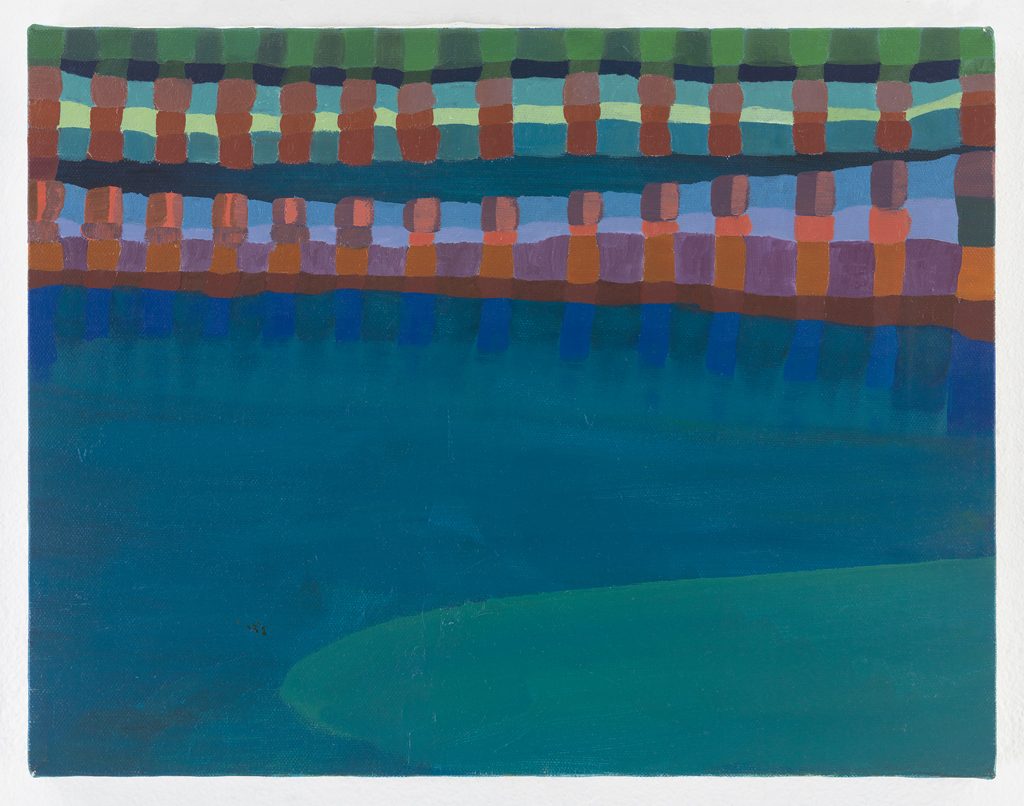
Ficre Ghebreyesus, Gate to the Blue (ca. 2002-07). Courtesy of the Estate of Ficre Ghebreyesus and Galerie Lelong & Co.

Ficre Ghebreyesus, Boat at Night (ca. 2002-07). Courtesy of the Estate of Ficre Ghebreyesus and Galerie Lelong & Co.

Ficre Ghebreyesus, Mangia Libro (ca. 2007). Courtesy of the Estate of Ficre Ghebreyesus and Galerie Lelong & Co.
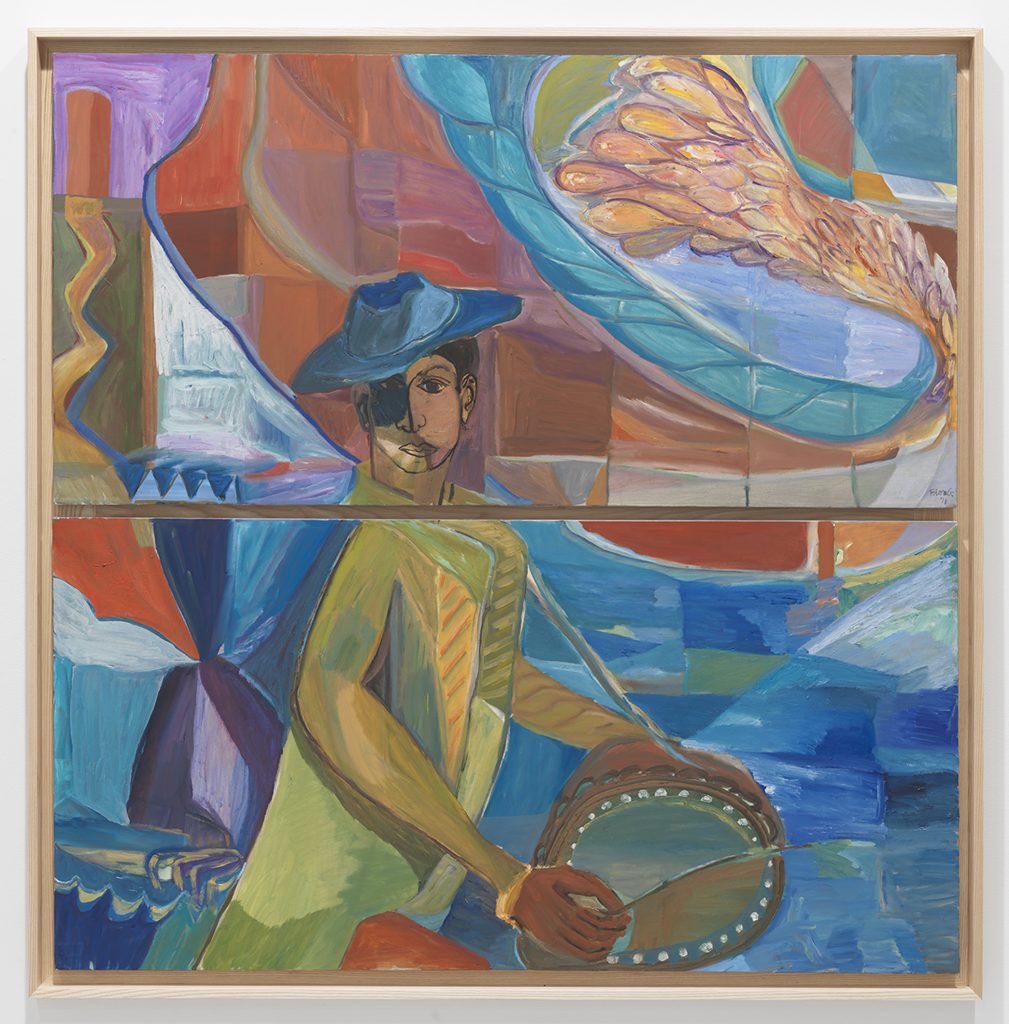
Ficre Ghebreyesus, Seated Musician with Feathered Wing (2011). Courtesy of the Estate of Ficre Ghebreyesus and Galerie Lelong & Co.
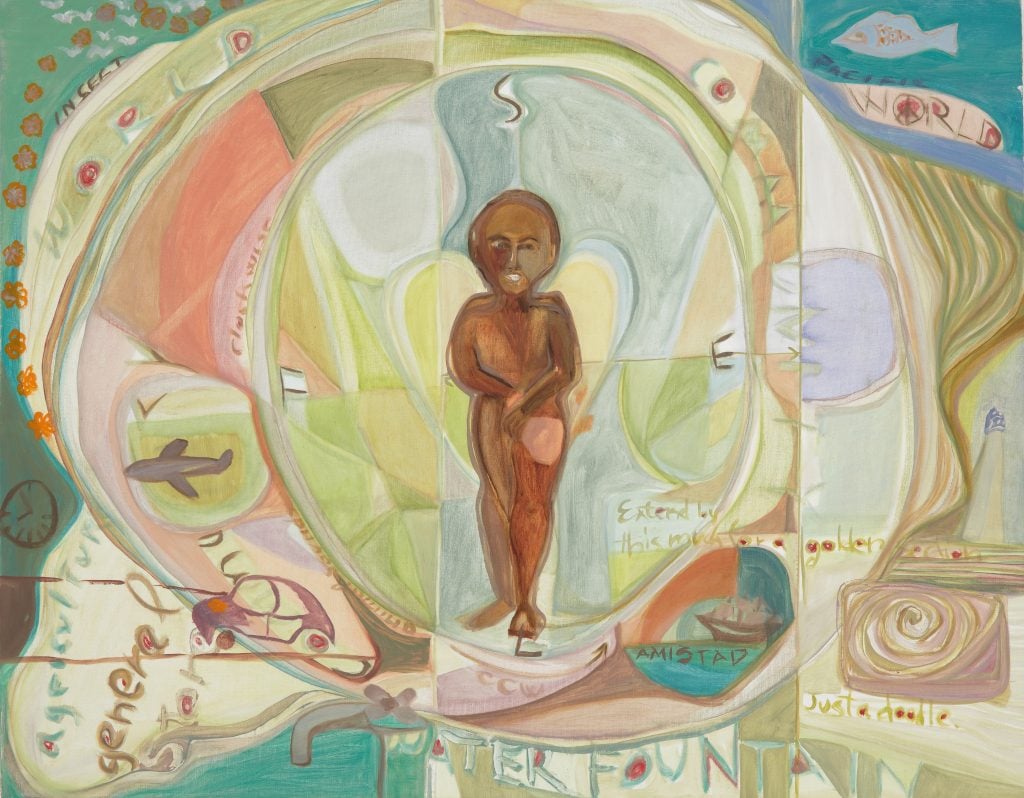
Ficre Ghebreyesus, Untitled (ca. 2002-07). Courtesy of the Estate of Ficre Ghebreyesus and Galerie Lelong & Co.
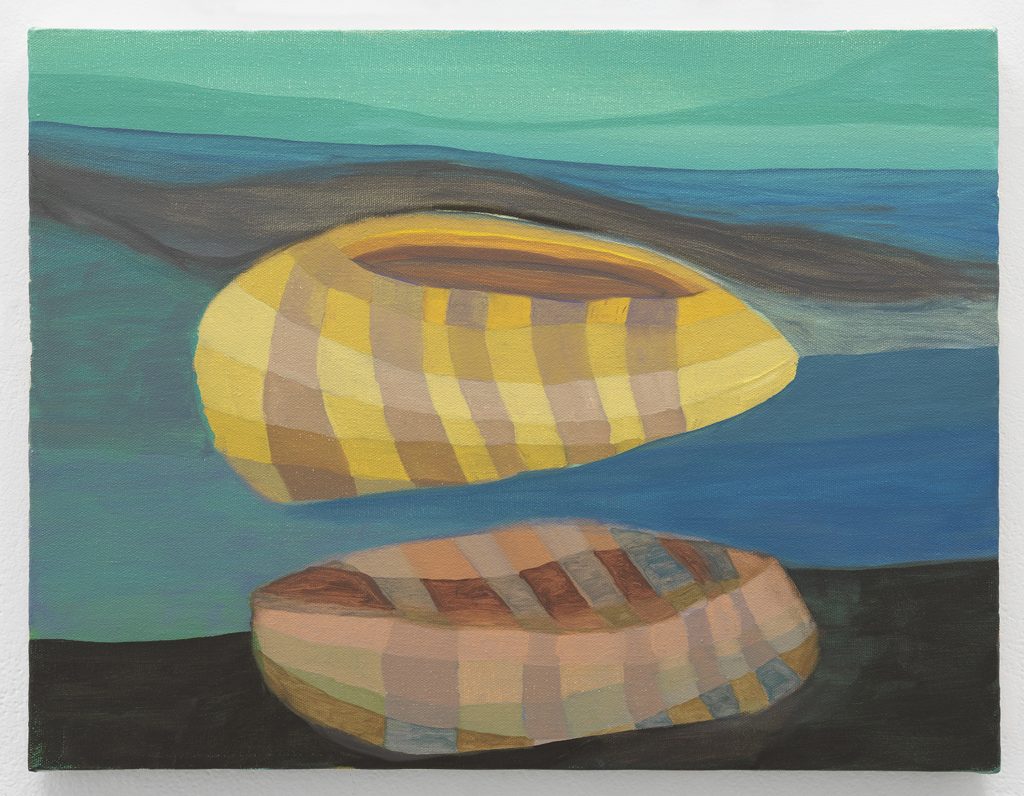
Ficre Ghebreyesus, Boat (ca. 2002-07). Courtesy of the Estate of Ficre Ghebreyesus and Galerie Lelong & Co.
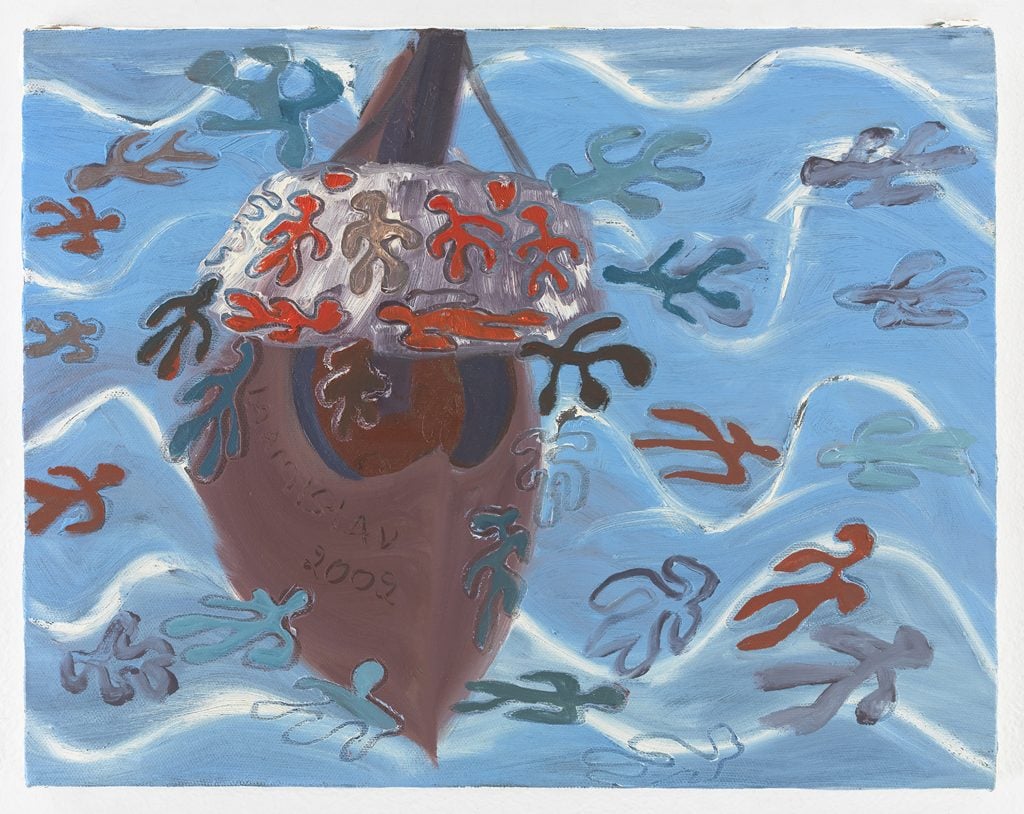
Ficre Ghebreyesus, La Amistad (2002). Courtesy of the Estate of Ficre Ghebreyesus and Galerie Lelong & Co.

Ficre Ghebreyesus, Nkisi (ca. 2011). Courtesy of the Estate of Ficre Ghebreyesus and Galerie Lelong & Co.